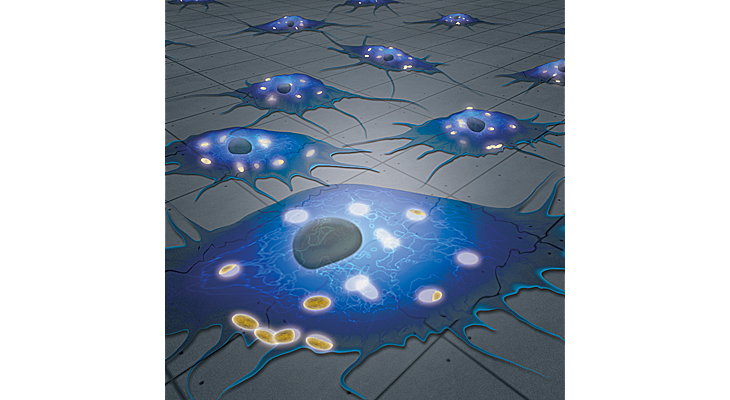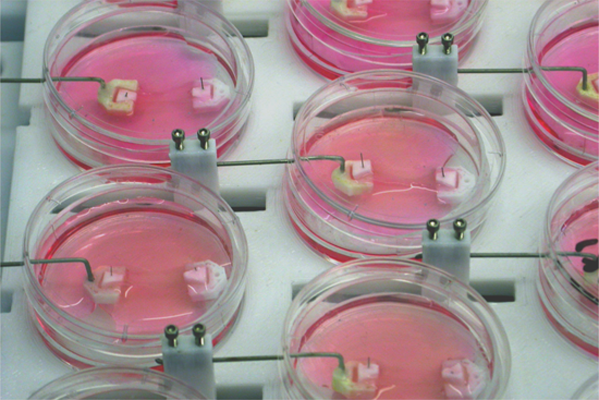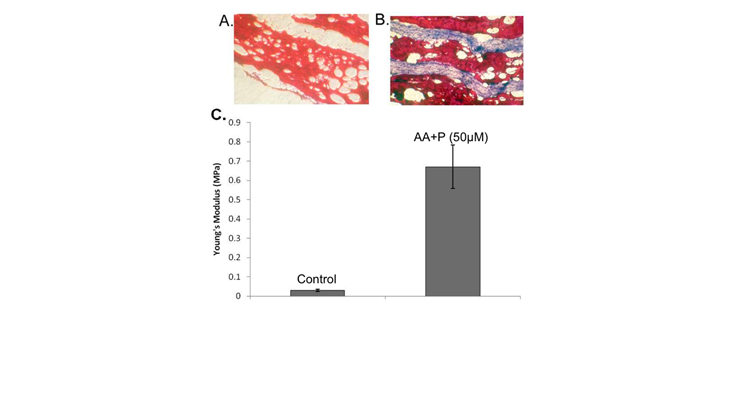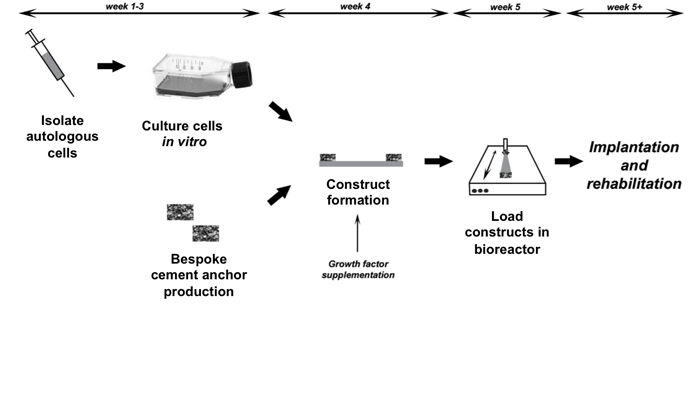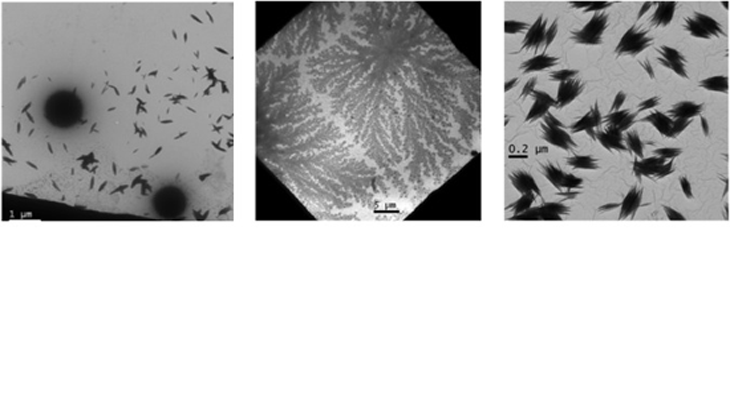TRAILab
The TRAILab at the University of Birmingham develops innovative solutions for the regeneration of a multitude of tissues, but has a strong focus on the formulation of technologies to enable the regeneration of hard-soft tissue interfaces.
One of the most challenging aspects of regenerating such interfaces is the contrasting properties of the constituent materials, consequently the TRAILab has expertise in the formulation of hard tissue replacements and in the utilisation of soft solid materials in regenerative medicine.
